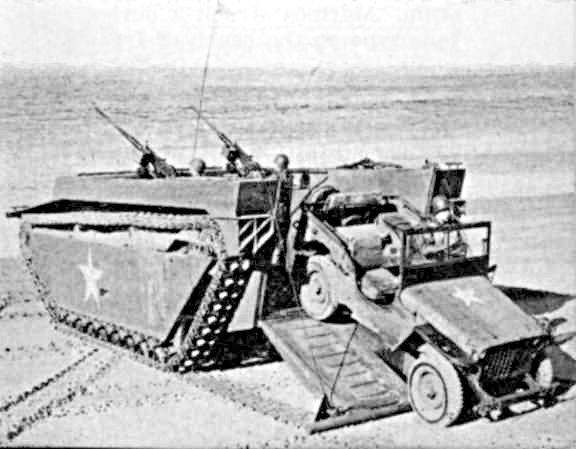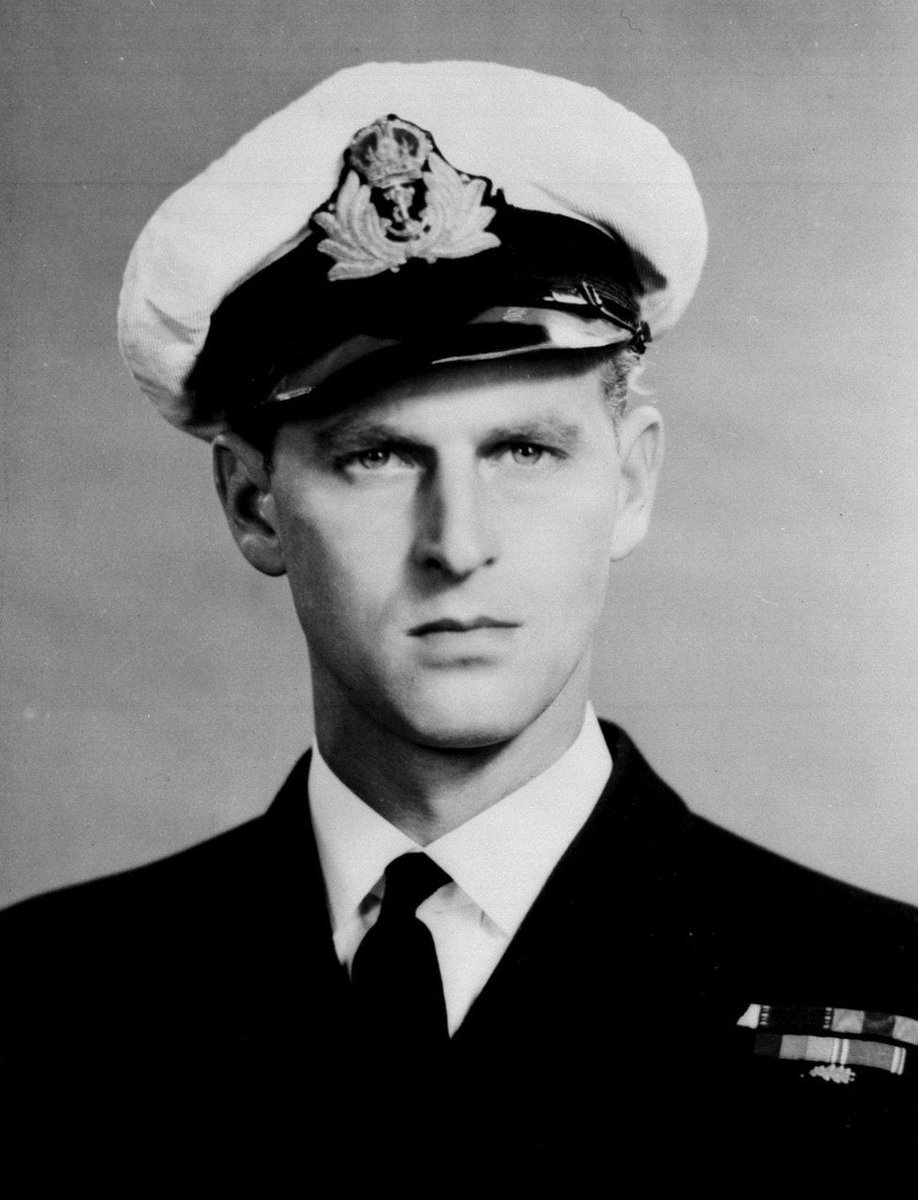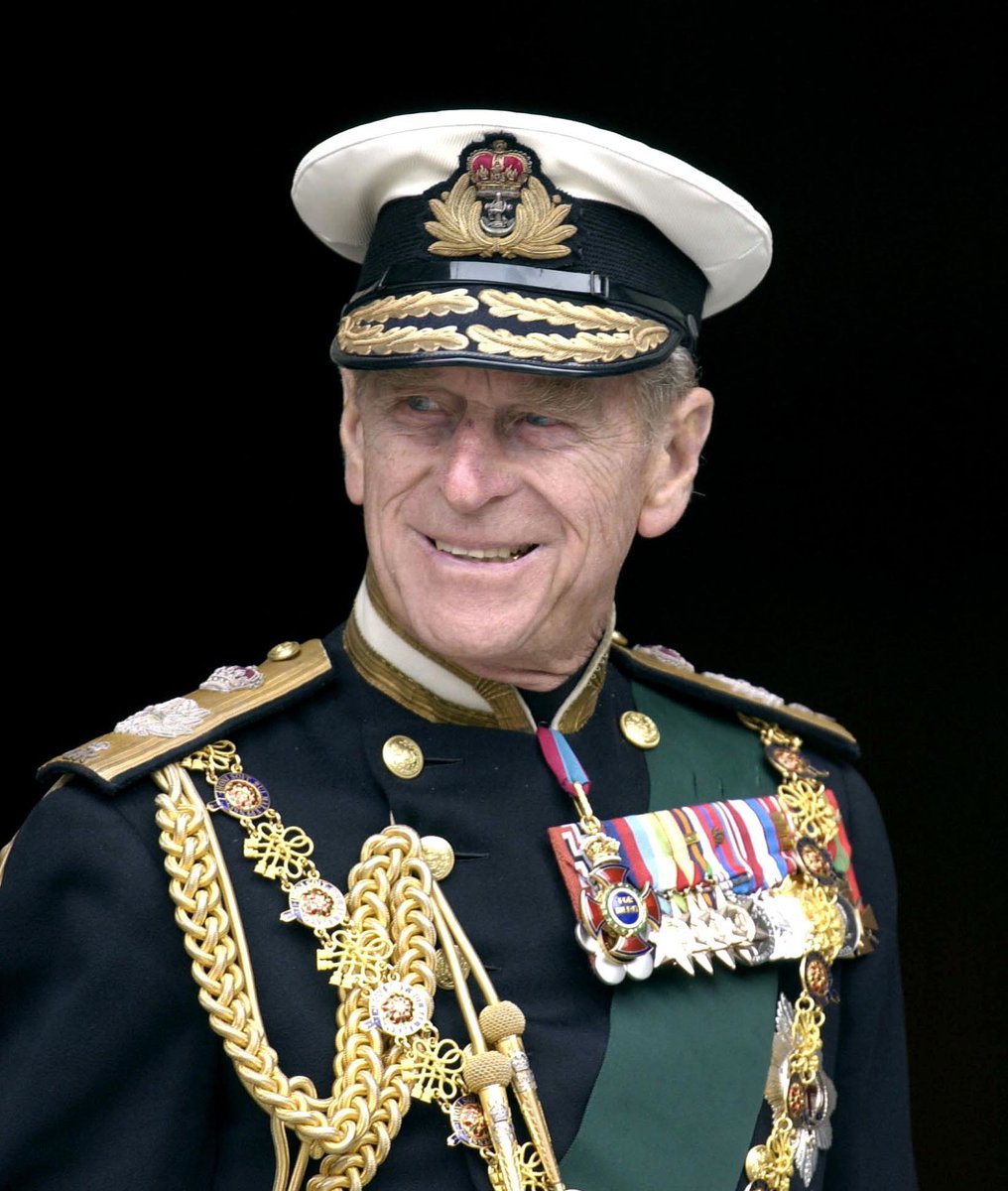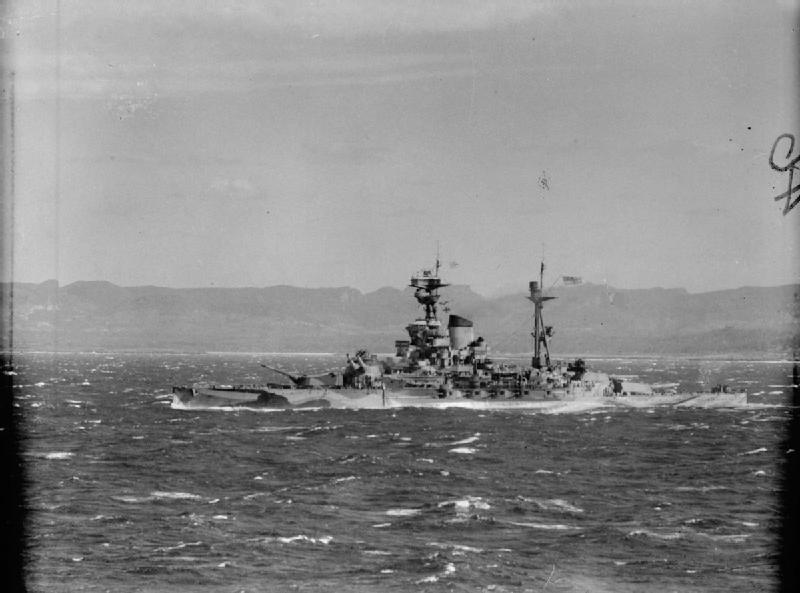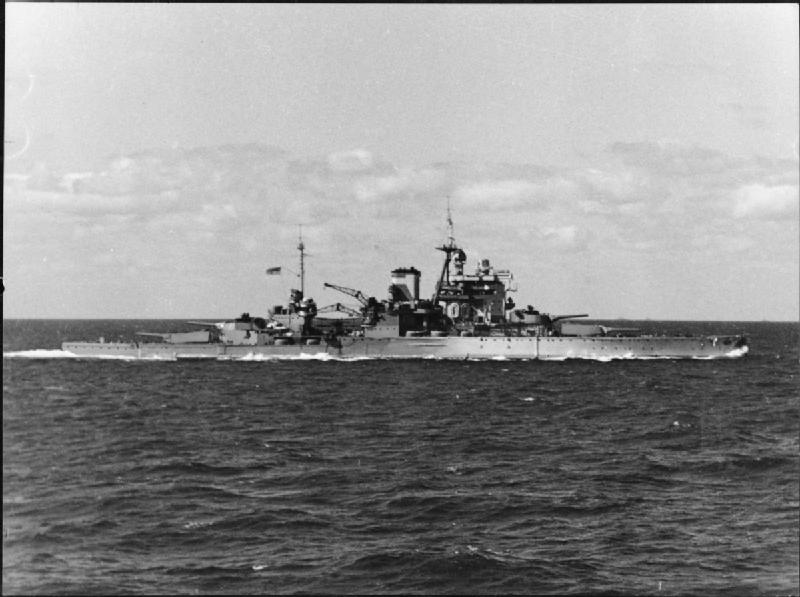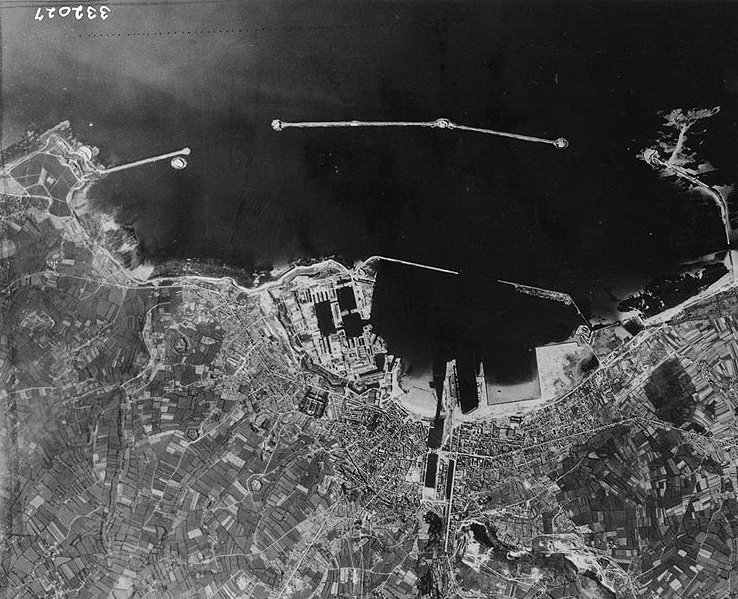
Urg. Publishers have done it again. After using Czech soldiers in 1945 Belgium to illustrate D-Day, they've now illustrated the 1942 British/Canadian Dieppe Raid with... US soldiers landing from USN LCVPs in 1944. 



I'm pretty sure I don't need to explain Operation Jubilee, but just in case, it wasn't a US operation, a only a few Rangers and aircraft were present. Equally, the version of the Higgins Boat LCVP that we are all most familiar with had not yet come into service. 📷@WWIImuseum 

Here's the actual picture. It's easy enough to find online, and naturally is often used to illustrate D-Day. In fact the LCVP is from USS Cepheus (AKA-18), which only ever served in the Mediterranean and Pacific theatres. The background discounts Normandy anyway. 

From the uniforms and hills, the Med seems the most likely bet, and most captions describe it as training on the North African coast for Operation Dragoon. 

Looking more closely at the image reveals an interesting detail. Evidently the image of someone falling in the surf isn't heroic enough for a book cover, so Photoshop has been liberally used to remove a few men, as well as the entire background. 



Surely someone working this closely with the image would have spotted that these are US infantry? Unless of course they had no knowledge of the subject matter and hadn't read the book? And therein probably lies the problem...
Publisher's bonkers insistence that they know better on titles and cover images is putting profit over accuracy, and is ultimately damaging to history. The frustrating belief that any old picture of a landing craft can illustrate an amphibious op is especially frustrating.
In this case, as in the D-Day example, it also unfairly maligns other conflicts, stories and nationalities. This isn't new, but let's be honest, putting US troops on the front cover of a book about Dieppe is a new low. @VikingBooksUK should be embarrassed and ashamed.
• • •
Missing some Tweet in this thread? You can try to
force a refresh


